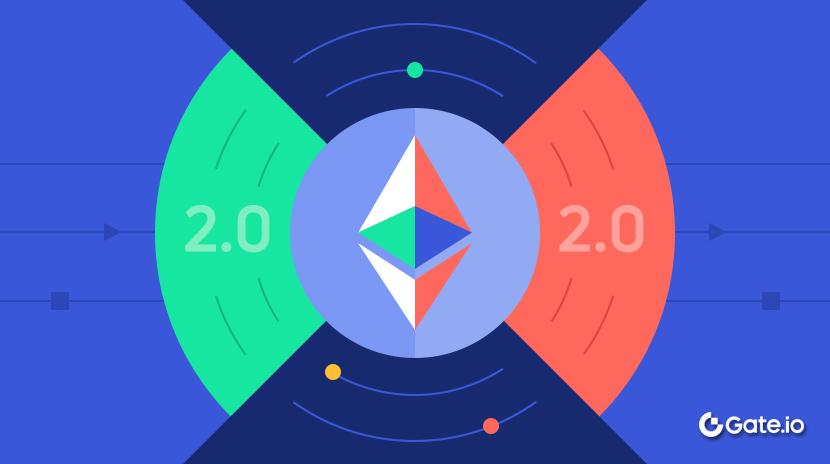Pre-TGE Checklist: Marketing and Tokenomics
A token launch is not a marketing event – it’s an economic stress test.
At @ GREEND0TS we often have to deal with token sales and TGE marketing. In fact, most TGEs fail not because the product was bad or the team was inexperienced, but because the fundamentals were never ready for public scrutiny, competition, and narrative rotation.
For this article, I teamed up with @ AlexTops1 from @ CoinList – probably the best known token sales platform in the history of crypto – to tell you a story of what increases protocols’ chances for a successful launch.
You may be a B2B software business, but if you are launching a token, you are now also a B2C startup with a retail audience.
The market is brutally efficient:
If your community is hollow, your tokenomics weak, your utilities unfinished, or your GTM inconsistent – it will show within minutes of listing. You get one shot to launch your token, don’t screw it up.
This checklist breaks down the core elements that determine whether a project lands in the top 15% of sustainable launches… or becomes another down only chart.
Let’s dive in.
Community & Mindshare Engineering
Ahead of a TGE, attention is liquidity.
Winners engineer sustained, credible mindshare for weeks. Losers try to manufacture hype in the last 72 hours.
Your goal: be everywhere, consistently, without looking artificial.
1: Craft a story people actually understand
Your business has two distinct target audiences: people who use your product and people that will buy your token. To connect with them, drop the jargon and start with the basics:
- Why does your project matter?
- Who does it matter to?
- What’s the core message?
- How do you plan to distribute that message?
Once the core message is set, tell your story and user stories, again and again. A great product is meaningless if you cannot explain it simply; consistency and clarity are the only way to win attention. If you’re a technical founder struggling with messaging, hire someone who isn’t. Your token launch literally depends on it.
2: Sustainable mindshare (2-3 Months Pre-TGE)
Top projects maintain a steady, organic presence at least 2 to 3 months prior to a token sale or TGE event.
- No activity bursts.
- No disappearing for days.
- No silent weeks followed by mega-announcements.
3: Zero bot activity & fake hype
Nothing kills credibility like a follower spike from 20K → 60K overnight.
- Audit your own socials with TweetScout or Moni Discover.
- Check partner KOLs for inorganic engagement. Red flags to watch out for include a large number of followers but low impressions and engagement on tweets, activity spikes followed by silence, repetitive tweet replies and no mutual followers. Use tools like Kaito or Cookie3 to check credibility.
- Avoid giveaways, botted quests, or forced follow-to-earn campaigns.
If the audience doesn’t look real, your TGE won’t be real either. Exchanges and investors will look at your numbers, but they won’t be duped by vanity metrics. Don’t do it.
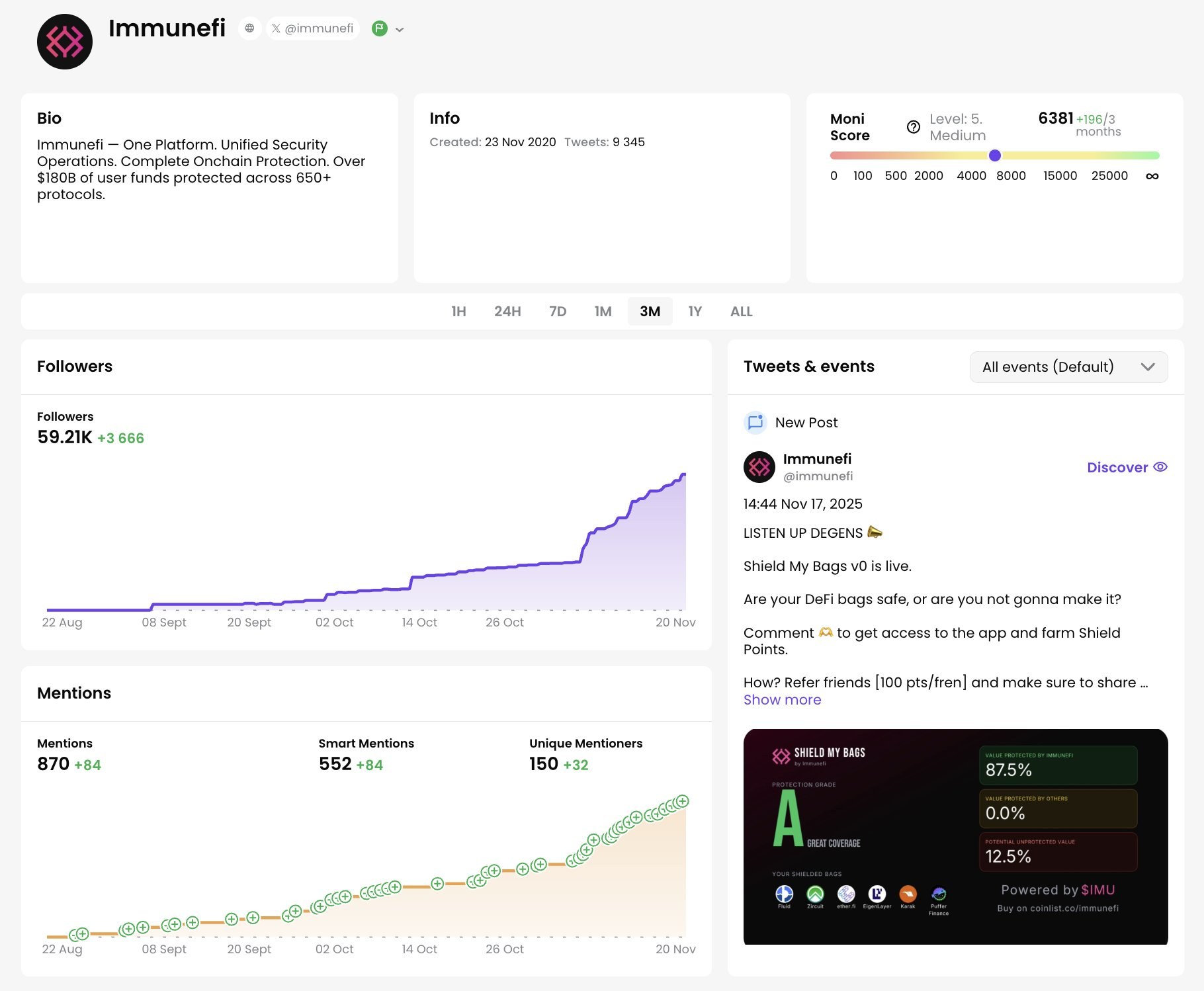
4 Pre-TGE Sentiment & Community engagement
Bad sentiment can nuke your launch before tokens even hit the market. But artificially positive vibes hurt as well.
- Use Kaito, Lunarcrush, or Santiment to track sentiment.
- Overly good sentiment looks suspicious, same as overly bad.
- When working with KOLs, make sure their reviews feel organic and fair.
- Vet influencers for authentic engagement, not follower count.
- If KOLs highlight both strengths and weaknesses of your approach, that’s better than just classic bullish shills.
- Track the % of users producing UGC (memes, threads, fan art, dashboards).
- A healthy ecosystem shows 5–10% active creators, not just reactors.
- Start with educational content to build credibility, then shift to conversion-focused messaging as momentum builds.
- Activate top-tier KOLs across regions and languages, including English, Chinese, Russian, Ukrainian, Turkish and Spanish.

5 Discord / Telegram Health Check
A silent group = a silent TGE. Community energy must be visible.
- Measure DAU (daily active users).
- Healthy range: 10–20% of total group size.
- Under 8% means you’re running a ghost town pre-launch.
A strong GTM is the difference between a token launch that explodes and one that flatlines after 48 hours.
6 Ramp up BD efforts as you approach launch
- Integrating with other crypto projects is a massive growth channel to activate pre-token launch.
- In many ways, it is easier to secure partnerships with other projects, exchanges and market makers before you have a live token. Once you have a token with transparent metrics and revenue, it’s never enough.
- Team up with projects that have a similar group of users or target market so you can take advantage of their community and momentum.
- Say yes to any quality joint Twitter Space, social media push or in-person event. Get the most juice out of every collaboration.
Never go dark after launch.
Silence kills momentum faster than sell pressure.
You fail to deliver demand drivers post TGE → token dumps.
Fail to communicate post-TGE incentives → token dumps.
Fail to drop a series of ultra strong partnerships / product releases → token dumps.
And nothing kills your user acquisition faster than a down only chart.
(A minor margin note re post-TGE marketing here).
Tokenomics & Economic Design
Token launches don’t usually fail because of “bad marketing.”
They fail because supply crushes demand.
A great token launch (a great = the one that has long-term potential) is 20% hype, 80% economic engineering.
Below is the pre-TGE tokenomics checklist every serious team needs to pass before going live.
** Margin note: I won’t be touching cliff / vest / insider lockup basics here. Prefer to highlight more overseen categories.
1: Foundational requirements (non-negotiable)
These are the basics, and they separate legitimate launches from amateur ones:
- Total transparency: No hidden allocations, no “TBA” cliffs, no incomplete vesting charts.
- Sell-pressure minimization: Airdrops should vest; early buyers shouldn’t exit instantly; FDV should not punish retail. In a token sale, give your community terms equal to, if not better, than you gave VCs and insiders in your last private round.
If these two aren’t in place → you’re not ready for TGE.
2: Tokens claim mechanics
If everyone claims 100% immediately (esp. in the case of airdrops or public sales at a very advantageous FDV), you get a massive liquidity event + no reason to hold the token.
What to do:
Use tiered claiming options, for example:
- Option A: Claim 100% now, but at an unfavorable FDV (e.g., claim at 2x lower valuation).
- Option B: Claim 25% now, with 75% vested over 6–12 months at a higher, favorable FDV.
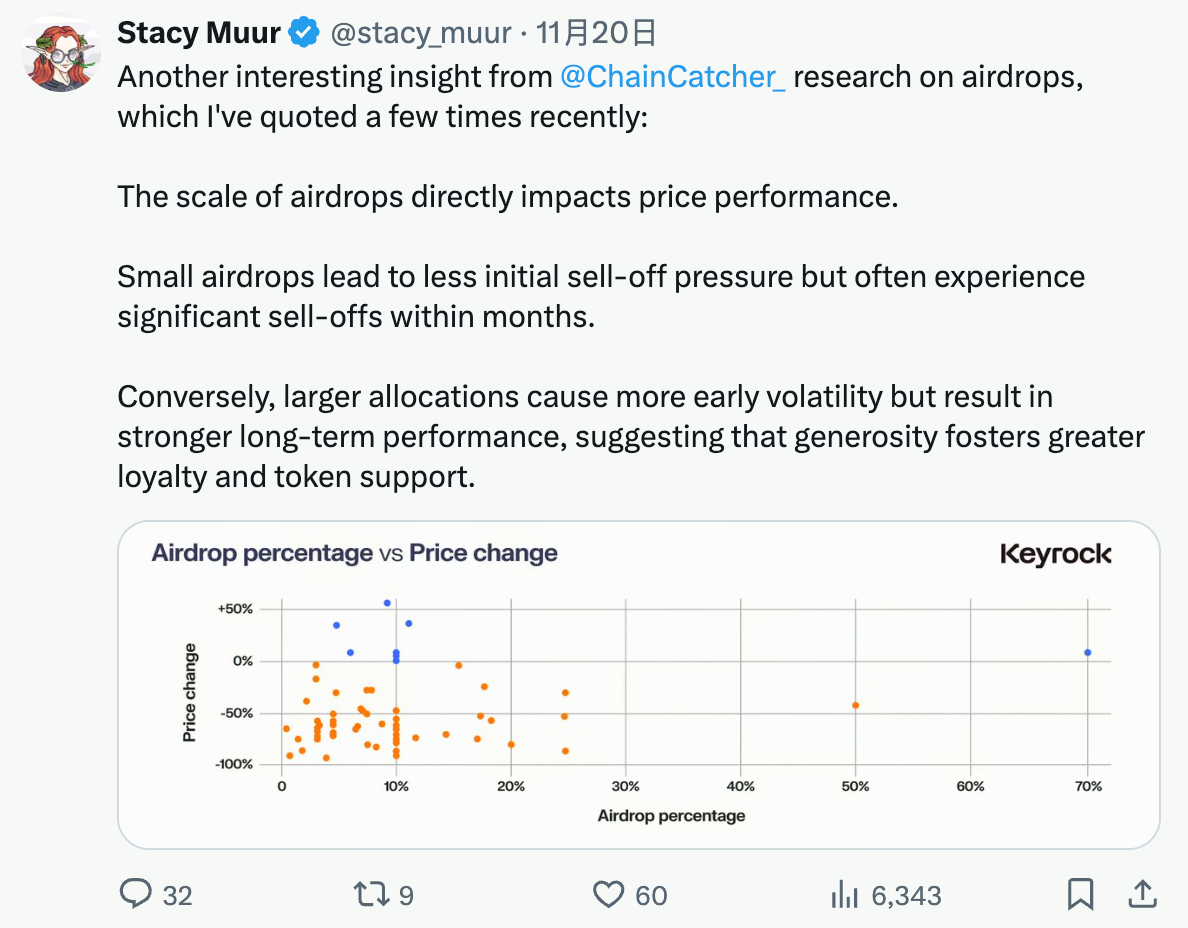
3 Governance is not utility
Governance-only tokens = zero natural demand. No reason to buy, no reason to hold.
Ensure the token has real, structural utility:
- Staking for protocol yield
- Fee discounts or rebates
- Access to premium features
- Buyback-and-burn funded by revenue
- Collateral usage inside the ecosystem
- Required for node operation / network security
Utility should tie directly to protocol usage, not vibes.
Plus, if tokens only go out and never come back → price inflates, value erodes.
Consider persistent sinks such as:
- Burn % from every trade (0.5–1%)
- Protocol revenue buyback-and-burn
- Burning of unclaimed rewards
- Burn on redemption/minting actions
Without sinks, inflation compounds. You should be able to compensate for it.
4: Demand-driving utilities should be live on TGE
There’s a ton of tokens on the market now slowly going to zero because the team rushed to launch the token before they shipped a product that actually needs that token.
Postpone the TGE if you’re not live yet.
Postpone the TGE if your mainnet is not coming the same day as your token.
You won’t have a second chance here. Don’t fk it up.
Product
This article primarily addresses marketing and tokenomics, but there’s another crucial piece of the puzzle that can’t be ignored: product-market fit (PMF).
If your product doesn’t need a token to operate, prioritize achieving PMF first. Launching a token prematurely can distort user behavior, lock in flawed assumptions, and obscure deeper product issues. While incentives might spur short-term growth, they can’t fix a product that fails to resonate.
I’ve observed this repeatedly: A token launch attracts a surge of users, but without PMF, engagement plummets once the incentives vanish. Introducing a token before securing PMF is like adding fuel to an engine that won’t start. Tokens are most effective when layered on top of a product that already delivers value.
My Take: What Separates Winners from Losers
Winners:
- Organic communities, not bought followers
- Real PMF before token
- Transparent tokenomics
- Post-TGE momentum plan
- A token that actually does something
Losers:
- Hype-only narratives
- Hidden unlocks and sketchy vesting
- Token with no use case
- Radio silence after listing
- Teams treating TGE as the finish line
A TGE is not a celebration, it’s the beginning of a pressure test.
The market is unforgiving.
You can spend months building hype, but one mistake – hidden unlocks, unfinished utilities, fake followers, or a dead community – can erase everything within minutes.
If you want to launch in the top 15%:
- Build early.
- Ship utilities.
- Communicate clearly.
- Engineer momentum.
- Treat your token as a living economy, not a fundraising milestone.
Ship it right, or don’t ship it at all.
Disclaimer:
- This article is reprinted from [stacy_muur]. All copyrights belong to the original author [stacy_muur]. If there are objections to this reprint, please contact the Gate Learn team, and they will handle it promptly.
- Liability Disclaimer: The views and opinions expressed in this article are solely those of the author and do not constitute any investment advice.
- Translations of the article into other languages are done by the Gate Learn team. Unless mentioned, copying, distributing, or plagiarizing the translated articles is prohibited.
Related Articles

The Future of Cross-Chain Bridges: Full-Chain Interoperability Becomes Inevitable, Liquidity Bridges Will Decline
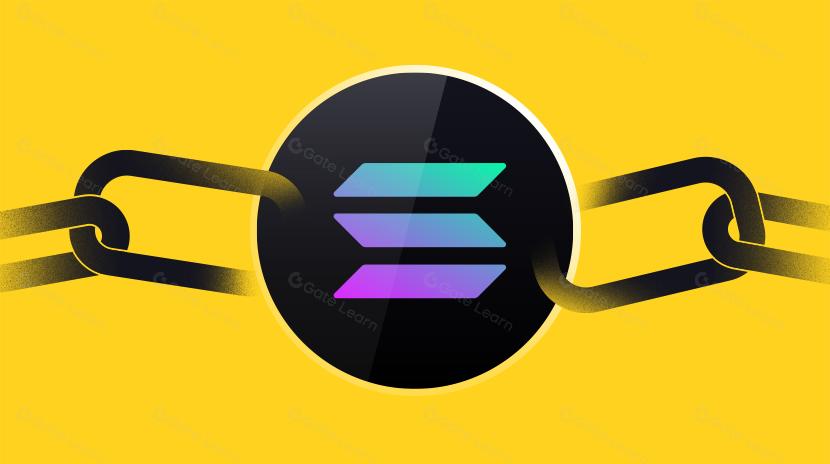
Solana Need L2s And Appchains?

Sui: How are users leveraging its speed, security, & scalability?

Navigating the Zero Knowledge Landscape
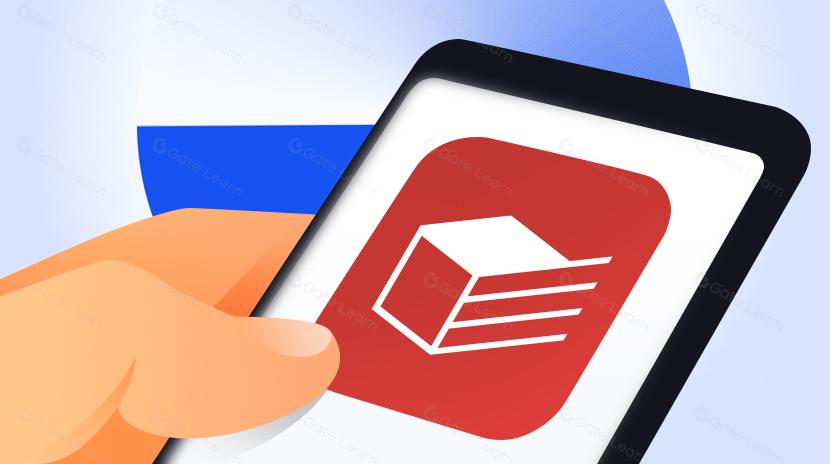
What is Tronscan and How Can You Use it in 2025?
